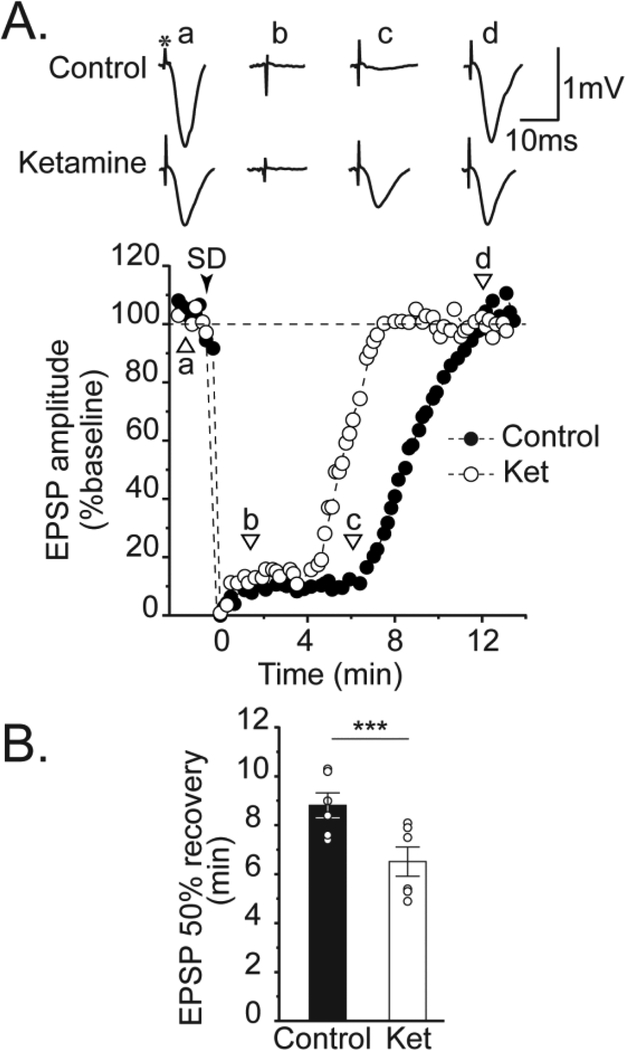Figure 4. Ketamine accelerates recovery of evoked postsynaptic potentials after SD.
A: Representative example of suppression and recovery of evoked excitatory postsynaptic potentials (EPSPs) after SD. Control EPSPs (a) were abolished after SD (b,c), and slowly recovered to baseline amplitudes after ~12 min (d). The asterisk above control (a) trace indicates the bipolar stimulus artifact. The full time course of EPSP suppression and recovery in this same slice is plotted below (black circles). SD onset indicated by black arrowhead. Ketamine (30 μM) did not prevent EPSP suppression, but significantly accelerated recovery rate (lower set of traces, and white circles in plot). B: Summary data from 6 such experiments. The effect of ketamine on DC shift duration in this data set was consistent with prior observations in Figure 2 (45.9 ± 2.3 vs. 35.7 ± 1.1 s for control and ketamine, respectively; P = 0.0026). *** P<0.001

